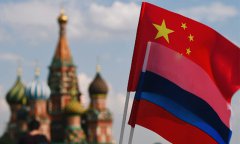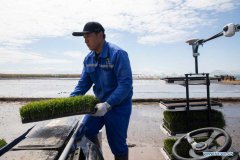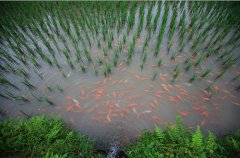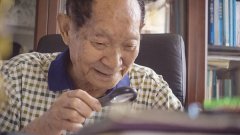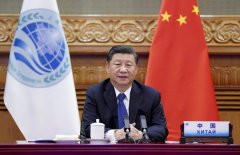Home>>
Dream chaser: dancers and musicians redefining what it means to be disabledBy He Zhuoyan, Wu Chaolan, Wei Qingcheng, Guo Wenrui (People's Daily Online) 14:28, May 12, 2021
As the bright birds' chirping breaks the silence, a light is cast onto the center of the stage, illuminating the silhouette of a dancer. At closer appearance, she is wearing a gossamer dress and adorned with peacock-like feathers pinned into her hair. In tune with the ethereal music, she kneels, spins, and waves her arms about into the air. At the show's final climax, she leaps into the air as if possessed by the spirit of a peacock.
While the audience is fully immersed with her graceful dance performance on stage, called "The soul of a peacock," there is an unseen teacher present below the stage conducting different gestures in keeping with the music. For the dancer, Wei Jingyang, the teacher serves as an interpreter for visualizing the music. Wei is a leading dancer for the China Disabled People's Performing Arts Troupe (CDPPAT), having lost her hearing when she was only one year old. However, her splendid performance makes it easy for her audiences to forget that this extraordinary young performer has never heard a note while on stage.
A door closed, a window opened
When Wei was a child, she was passionate about dancing, but the reality she faced had dampened her passion. "How can you dance if you can’t hear the music," her mother's words haunted her young mind. It was at that time, she realized that dancing was closely linked to music, which she would never be able to hear. However, the play of "The Thousand-hand Bodhisattva," a dance performed by deaf-mute artists from CDPPAT, eventually would come to rekindle her hope.
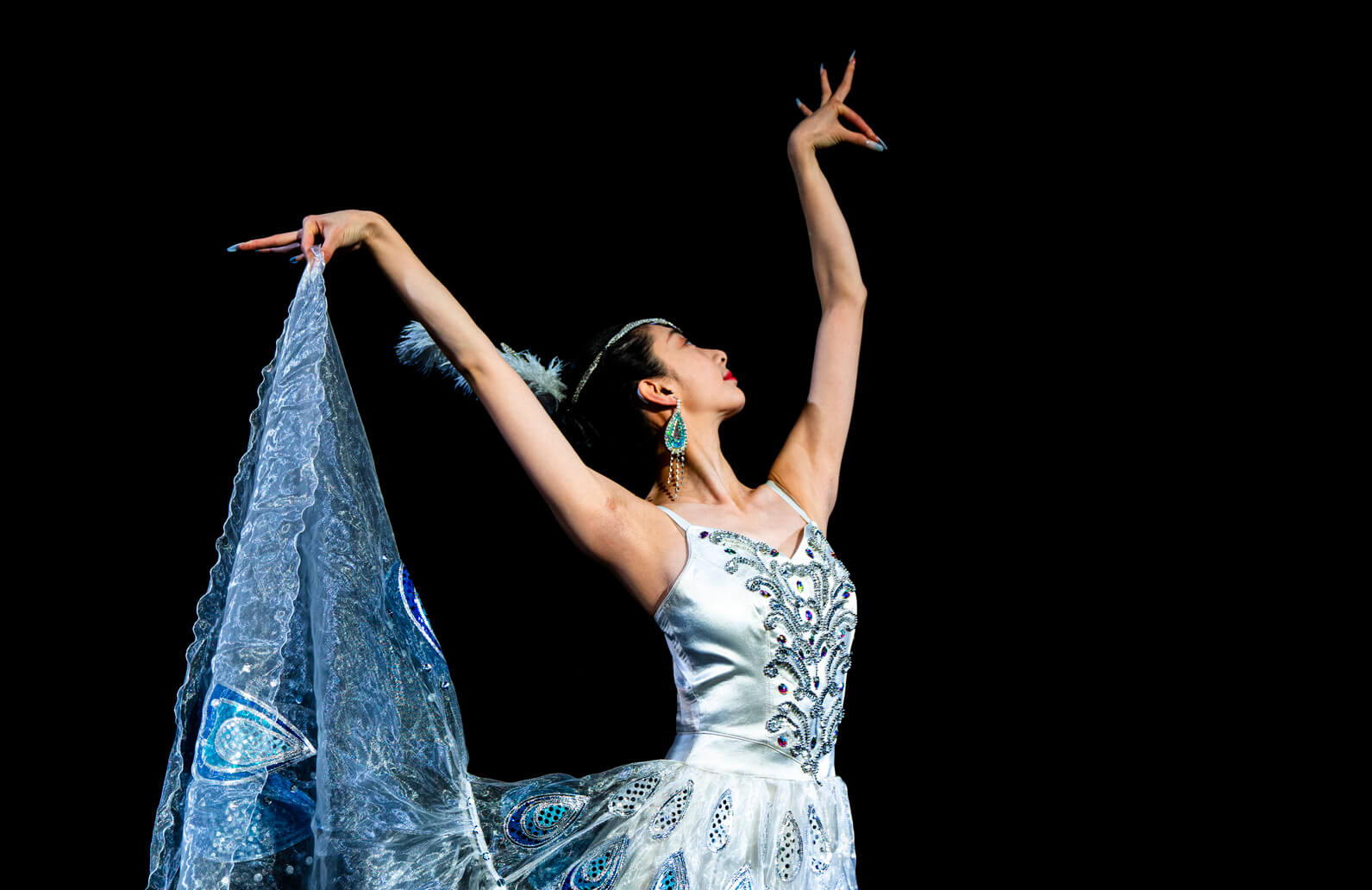
Wei Jingyang, a deaf dancer from the China Disabled People’s Performing Arts Troupe, performs "The Soul of a Peacock" on April 15, 2021 (People's Daily Online/He Zhuoyan)
"They cannot hear the music as well, but they can still dance. Why I can't? " she asked her mother excitedly after watching the show on TV. On her ten-year-old birthday, she asked for the gift of learning to dance, and when she was 12, she accepted an invitation to join CDPPAT, receiving systematic training with other members.
Dancing seems like an impossible activity for the deaf since one cannot rely simply on the music itself to synchronize physical movements. However, their teacher developed a method that could help deaf performers stay on beat with the music.
"Members have to touch the sound equipment or floors over and over again to feel the beats from the vibrations," said Hei Hong, a sign teacher at CDPPAT. "They have to internalize the beats and memorize the sign teachers' gestures that convey the tempo, rhythm, and phasing of the music, a process which would usually take them almost two months to master per dance, four times longer than normal dancers."
Despite their physiological defects, these young dancers have never stopped chasing their dreams. Instead, they have worked even harder. In order to present a well-executed show, dancers could squeeze whatever spare time they had to practice movements repeatedly without rest, according to Hei. "Apart from times for sleeping and eating, the dancers will otherwise plunge themselves into their practice in the training room," said Hei. "I was always impressed by their perseverance whenever I saw them drenched in sweat."
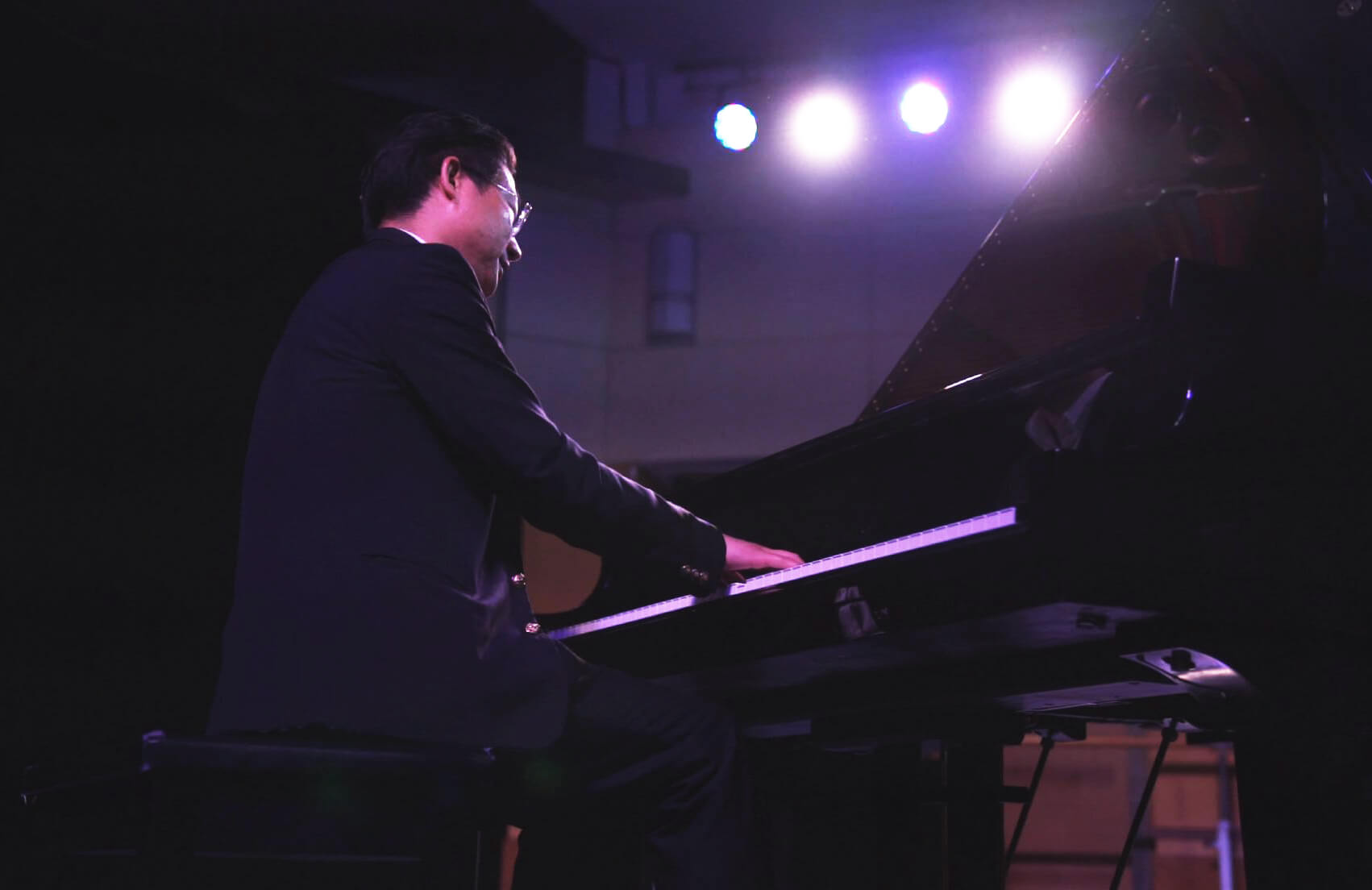
Jiang Can, a musician with visual impairment from the China Disabled People's Performing Arts Troupe, performs a song on April 15, 2021 (People's Daily Online/He Zhuoyan)
The troupe also includes blind musicians and singers. Like the deaf dancers, they don't dwell on their individual disabilities but focus instead on developing and perfecting their varied talents.
"Blind people are beset with great difficulties in learning music as we cannot see the script," said Jiang Can, a musician with visual impairment from CDPPAT. But they are nonetheless blessed with perhaps the most valuable treasure – that of hearing. "Hearing is our way to learn music," Jiang said.
When a door closes, a window is opened. The deaf dancers are endowed with highly sensitive eye-sight, and the blind musicians with excellent hearing, enabling them to enjoy the arts in their own way. "They are immersed in the performance and use their bodies and hearts to feel the music and dance," said Hei. "As they are more emotionally engaged than others, they can always interpret the deep emotion of the artwork."
Art as a power to heal and educate
While certain disabilities have isolated people from society, art provides them with a channel to engage with the outside world. "Dancing has been integrated into my life, which brightens my world with different feelings. I can feel pains and sorrow through dancing. It's my second life," said Wei

